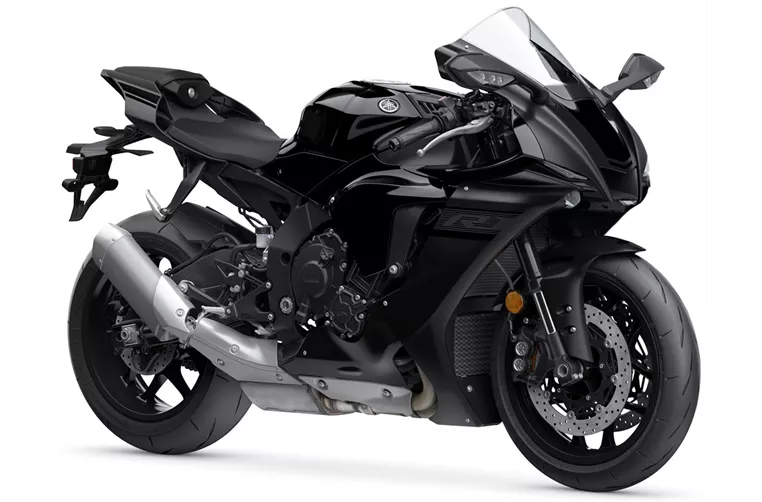BMW S 1000 RR 2012 vs. Yamaha R1 2020

BMW S 1000 RR 2012
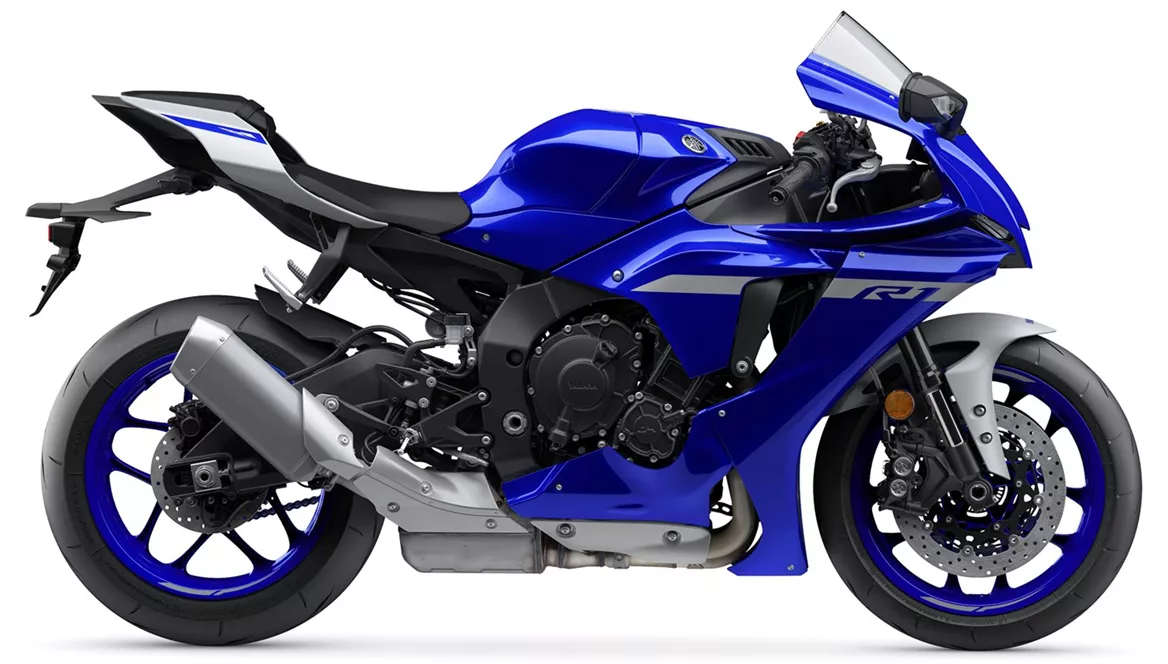
Yamaha R1 2020
Visão geral - BMW S 1000 RR 2012 vs Yamaha R1 2020
In terms of technical specifications, the BMW S 1000 RR 2012 and the Yamaha R1 2020 have several similarities. Both motorcycles have a 4-cylinder engine with a displacement of around 1000cc and a compression ratio of 13. They also have similar bore and stroke measurements, with the BMW having an 80mm bore and 49.7mm stroke, while the Yamaha has a 79mm bore and 50.9mm stroke.
In terms of power, the Yamaha R1 2020 has a slight advantage with 200 HP compared to the BMW S 1000 RR 2012's 192 HP. However, both motorcycles have a similar torque output, with the BMW producing 112 Nm and the Yamaha producing 112.4 Nm.
Both motorcycles feature telescopic front suspension, with the BMW having a telescopic fork and the Yamaha having an inverted telescopic fork. They also have similar chassis construction, with an aluminum frame. However, the BMW has a tubular frame design, while the Yamaha has a Deltabox frame.

BMW S 1000 RR 2012
Both motorcycles also have dual disc front brakes and similar tire sizes, with a 120mm width and 17-inch diameter for the front tire, and a 190mm width and 17-inch diameter for the rear tire.
In terms of dimensions and weight, the Yamaha R1 2020 has a slightly shorter wheelbase at 1405mm compared to the BMW S 1000 RR 2012's 1432mm. The Yamaha also has a higher seat height at 855mm compared to the BMW's 820mm. In terms of weight, the Yamaha is lighter with a curb weight of 199kg compared to the BMW's 207kg (both with ABS).
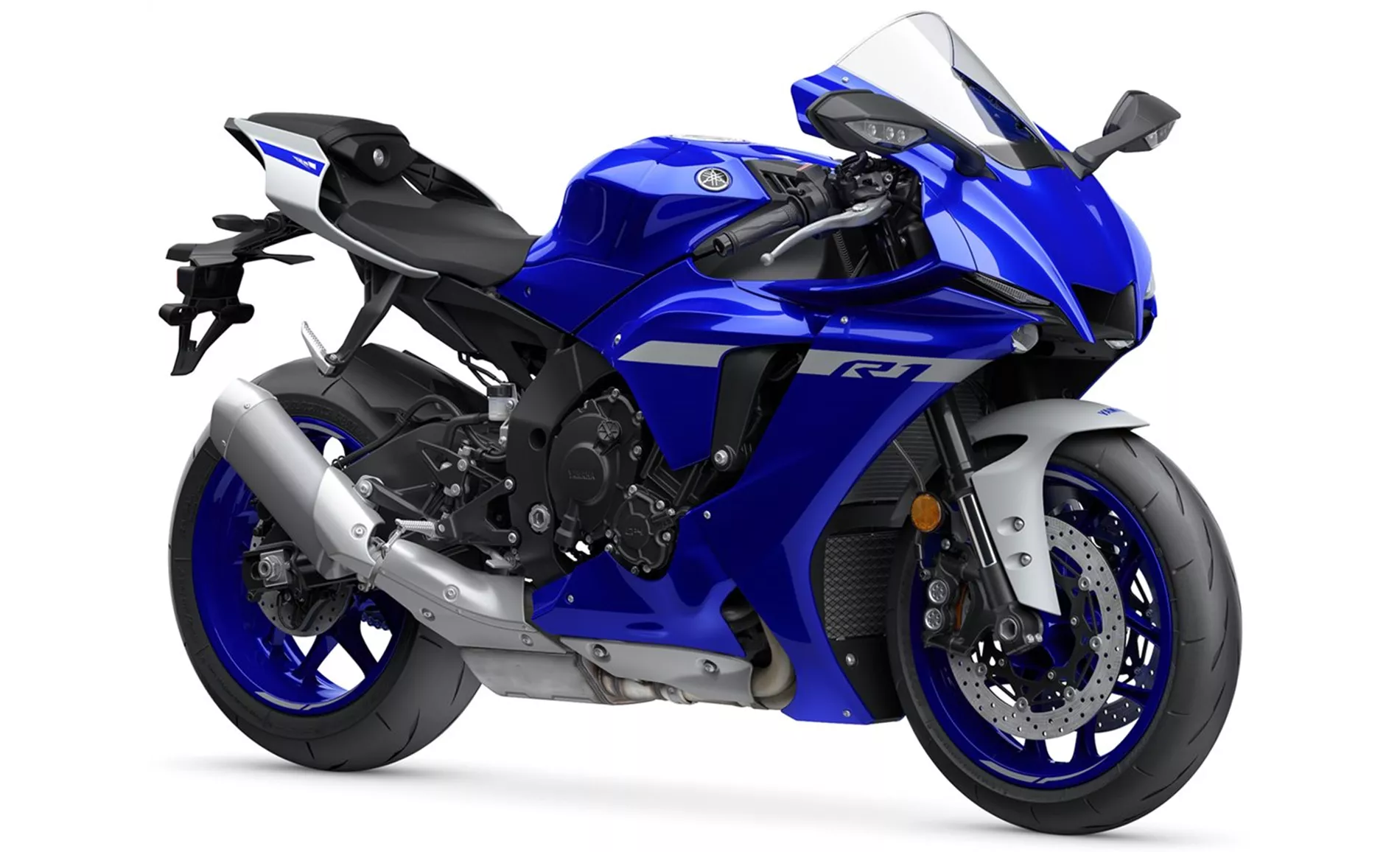
Yamaha R1 2020
Moving on to the strengths of each motorcycle, the BMW S 1000 RR 2012 is praised for its complete electronic equipment, good braking system, strong engine, and extremely fast performance on the road. It also has an appropriate appearance.
On the other hand, the Yamaha R1 2020 is praised for its powerful engine, clean throttle response, excellent but non-intrusive sound, stable chassis, high-quality electronics, and overall noble impression.
In terms of weaknesses, the BMW S 1000 RR 2012 is noted to have a slightly complicated chassis that requires some getting used to. Meanwhile, the Yamaha R1 2020 is criticized for not having a completely satisfactory brake performance on the race track.
Especificações técnicas BMW S 1000 RR 2012 em comparação com Yamaha R1 2020
Prós e contras em comparação
Prós e contras em comparação
BMW S 1000 RR 2012
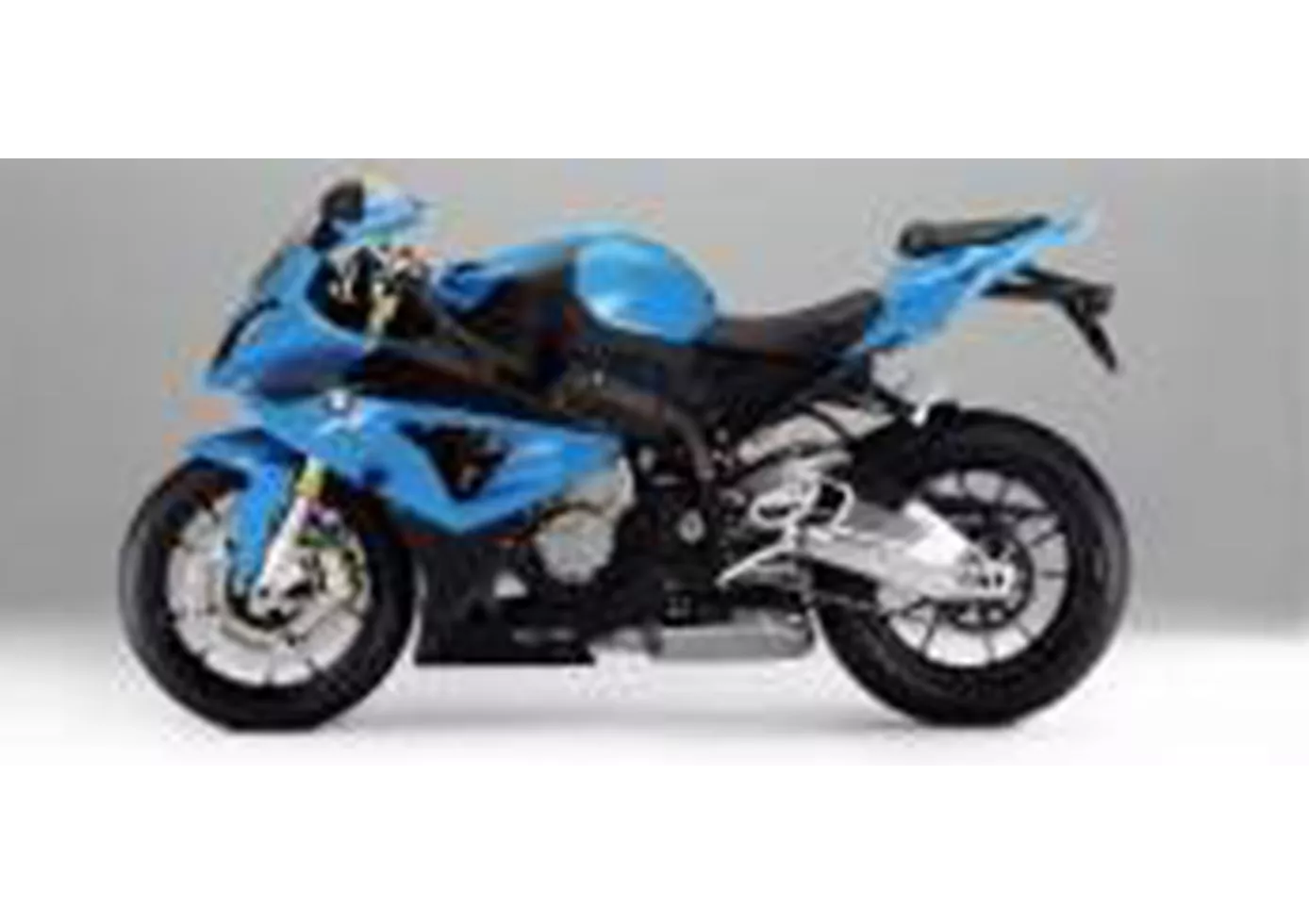
O que resta é o fascínio, a perplexidade e o medo. Não podemos deixar de sentir que não somos nós próprios nesta mota. É como um concerto de heavy metal com tampões para os ouvidos.
Yamaha R1 2020
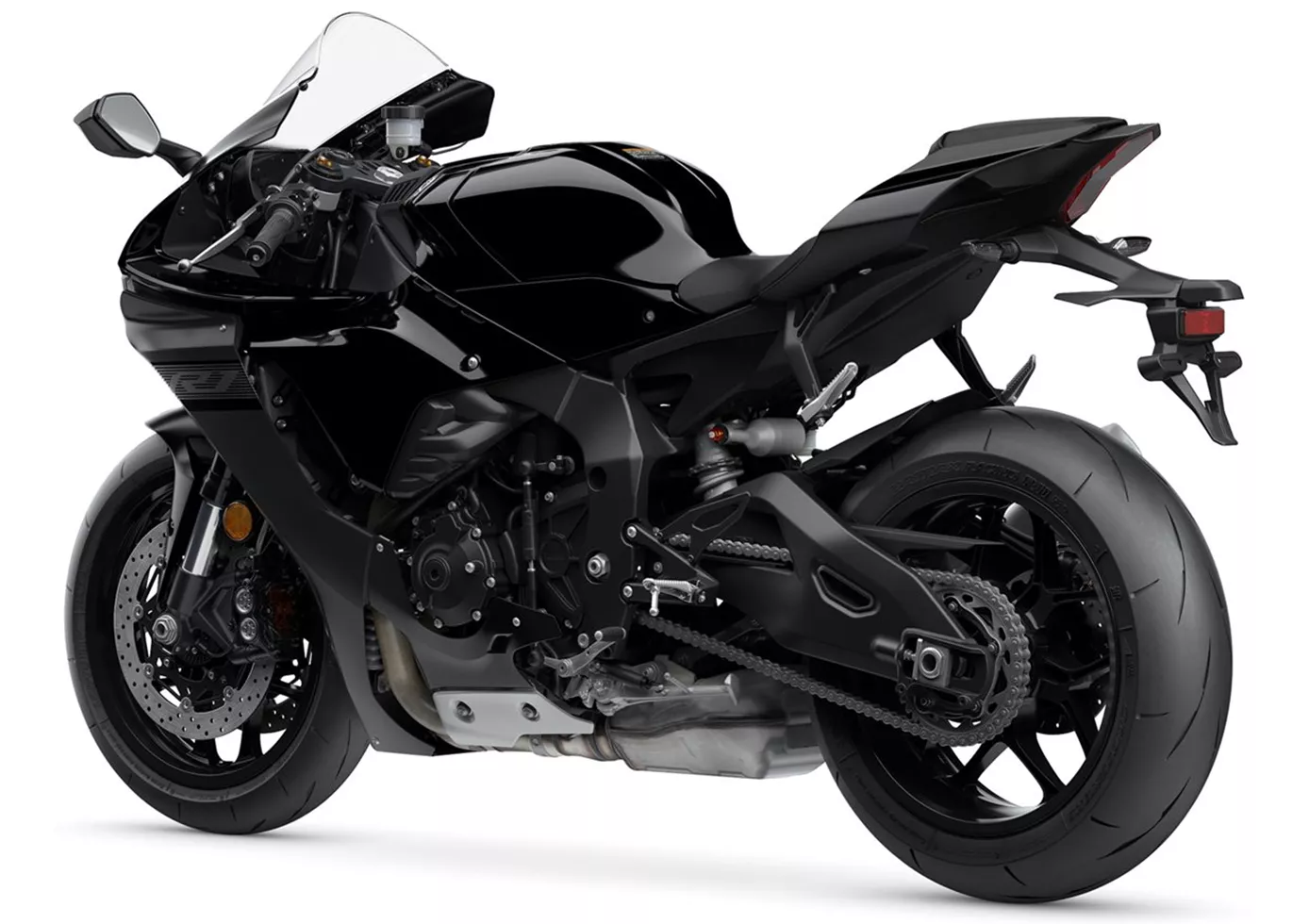
A Yamaha YZF-R1 está madura e faz a felicidade de inúmeros pilotos de pista. O motor brilha com leveza e agilidade, a posição do assento surpreende positivamente e o manuseio é radical, mas ainda "adequado para as massas". A máquina imediatamente se destaca visualmente e também por causa do som de aquecimento do coração. Especialmente na estrada rural, a moto pontua com os seus pontos fortes bem conhecidos: grande motor, grande eletrónica, grande pacote! Um verdadeiro prazer de conduzir!
Comparação de preços Preço médio de mercado BMW S 1000 RR vs Yamaha R1
There are a few key differences between a BMW S 1000 RR 2012 and a Yamaha R1 2020. In terms of price, the actual average price of a Yamaha R1 2020 is about 84% higher. A BMW S 1000 RR 2012 experiences a loss of 1.950 BRL in one year of ownership. This is offset by a loss of 8.290 BRL for a Yamaha R1 2020. Compared to Yamaha R1 2020 there are more BMW S 1000 RR 2012 bikes available on the 1000PS.de Marketplace, specifically 10 compared to 9. It takes less time to sell a BMW S 1000 RR with 64 days compared to 86 days for a Yamaha R1. Since model year 2010 1000PS.de editors have written 135 reviews for the BMW S 1000 RR and 80 reviews for the Yamaha R1 since model year 2005. The first review for the BMW S 1000 RR was published on 16/04/2008 and now has more than 4.000 views. This compares to more than 3.900 views for the first review on Yamaha R1 published on 28/04/2003.

